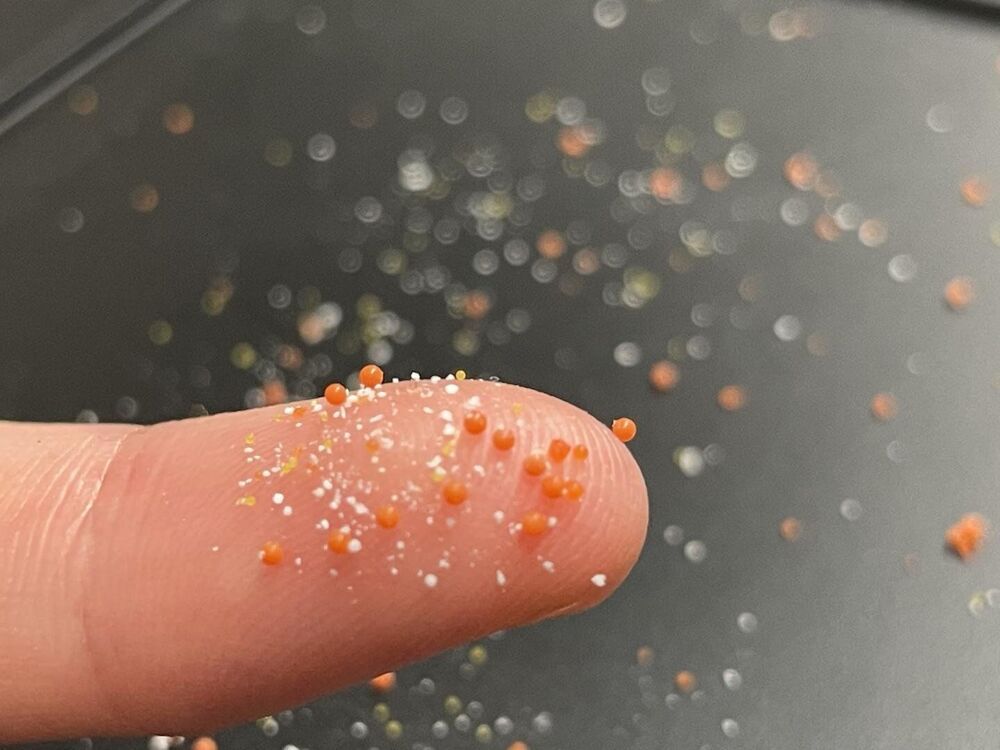“Most wastewater treatment plants are not designed for the removal of microplastics, so they are constantly being released into the receiving environment,” added Dung Ngoc Pham, NJIT Ph.D. candidate and first author of the study.
It’s estimated that an average-sized wastewater treatment plant serving roughly 400000 residents will discharge up to 2000, 000 microplastic particles into the environment each day. Yet, researchers are still learning the environmental and human health impact of these ultra-fine plastic particles, less than 5 millimeters in length, found in everything from cosmetics, toothpaste and clothing microfibers, to our food, air and drinking water.
Now, researchers at New Jersey Institute of Technology have shown that ubiquitous microplastics can become ‘hubs’ for antibiotic-resistant bacteria and pathogens to grow once they wash down household drains and enter wastewater treatment plants—forming a slimy layer of buildup, or biofilm, on their surface that allows pathogenic microorganisms and antibiotic waste to attach and comingle.
In findings published in the Journal of Hazardous Materials Letters, researchers found certain strains of bacteria elevated antibiotic resistance by up to 30 times while living on microplastic biofilms that can form inside activated sludge units at municipal wastewater treatment plants.
